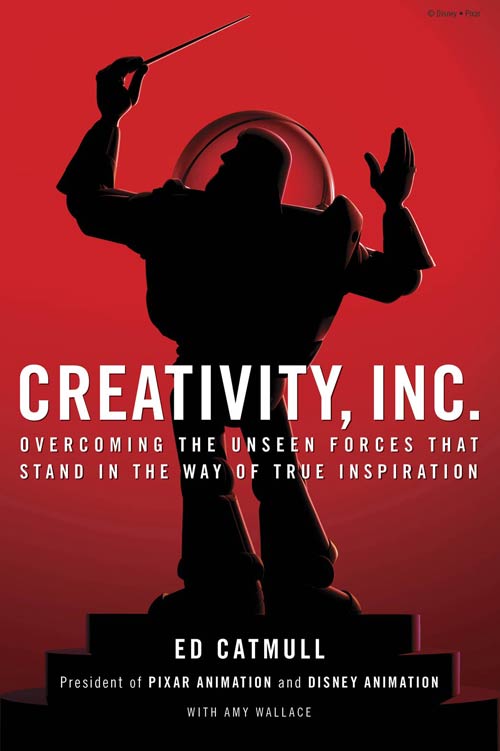“To infinity and beyond”, the catchphrase of Toy Story’s Buzz Lightyear could be Pixar’s vision statement. The company has made over $7 billion at the box office world wide and earned myriad awards and accolades for its animation films. Pixar executives rarely use the word innovation but rather talk about creativity. Dr Ed Catmull, President Pixar and Disney Animation Studios gives his definition:
“People tend to think of creativity as a mysterious solo act, and they typically reduce products to a single idea: This is a movie about toys, or dinosaurs, or love, they’ll say. However, in filmmaking and many other kinds of complex product development, creativity involves a large number of people from different disciplines working effectively together to solve a great many problems. A movie contains literally tens of thousands of ideas….The director and the other creative leaders of a production do not come up with all the ideas on their own; rather, every single member of the 200- to 250-person production group makes suggestions.”
Pixar is constantly seeking, encouraging and provoking change. As Catmull states “things never stay the same, they are supposed to change. We are not trying to freeze anything in time.” Pixar began as George Lucas’ Industrial Light and Magic Company in the 1980’s as leaders in software development and computer graphics. If a key tenet of leadership is inspiring a shared vision then Lucas, Catmull and latterly Steve Jobs, who invested in the company, had it in spades. The company has many peer review processes:
1. ‘Giving notes’ – every person involved in a production from top to bottom is encouraged to give feedback. The senior team including Catmull and John Lasseter, Pixar’s Chief Creative Offer, give notes but do not override the Director who makes the final decision.
2. The ‘brain trust’ is an oft-referenced (and highly respected both internally and externally) Pixar concept. When a producer runs into difficulties they can ask for help and a small group of the most trusted, senior and respected brains is convened. They spend 2 hours debating and discussing the work in progress.
3. ‘Dailies’ Pixar works hard to avoid silos, isolated individuals and self-censorship with it’s ‘dailies’ – the idea that work is opened up every day to scrutiny no matter what stage it is at or how the producer feels about it. In this way there are more opportunities for improvement.
Of this open approach, “it’s very important for that dynamic to work because it could be a brutal process; there needs to be the feeling they are all helping each other who wants that help” says Catmull.
4. Everyone must have the freedom to communicate with anyone and this is a highly organized part of the communications structure. When Pixar talk of an open door policy they mean that all doors are open.
These processes demonstrate how an open culture is nurtured, trust is created and employees are given autonomy to make decisions. That’s not to say that conflict is avoided. “Conflict is encouraged. Our movies aren’t cheap, but the money gets on the screen because we’re open in our conflict. Nothing is hidden”, says Catmull.
I studied creative leadership at Pixar as part of my MA – Ed Catmull has a book out exploring the creative success of the business – Creativity Inc; Overcoming the Unseen Forces that stand in the way of true inspiration.
Contact claire@nowgocreate.co.uk if you’re interested in understanding more about how to lead creativity in your business.


